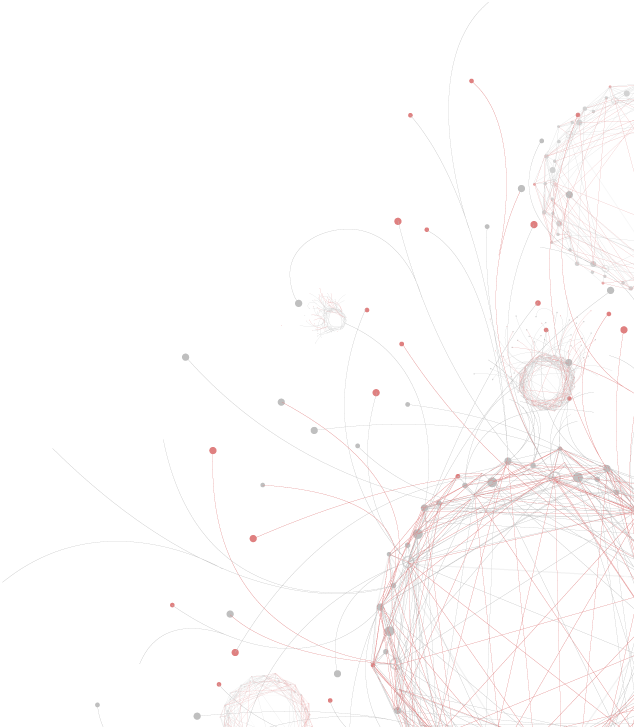This website is no longer updated and has been replaced with a static copy. The Spatial History Project was active at Stanford University from 2007-2022, engaging in dozens of collaborative projects led by faculty, staff, graduate students, post-docs, visiting scholars and others at Stanford and beyond. More than 150 undergraduate students from more than a dozen disciplines contributed to these projects. In addition to a robust intellectual exchange built through these partnerships, research outputs included major monographs, edited volumes, journal articles, museum exhibitions, digital articles, robust websites, and dozens of lightweight interactive visualizations, mostly developed with Adobe Flash (now defunct). While most of those publications live on in other forms, the content exclusive to this website is preserved in good faith through this static version of the site. Flash-based content is partially available in emulated form using the Ruffle emulator.
Anna Halprin Dance Scores
Using California dance pioneer Anna Halprin’s collection as source material, the project seeks to update the keeping of choreographic processes and access new layers of meaning, understanding and choreographic possibilities around the ideas of experience, environment and community. This project is a collaboration with the Museum of Performance + Design in San Francisco. Founded in 1947, MP+D stands out as one of the largest archives on the performing arts in the nation. A highlight of its 3.5M item collection are Halprin's papers and rare choreographic scores.
We are exploring several possible avenues of digital intervention to expand the accessibility and interpretability of Halprin’s visual work and legacy. We are currently developing interactive online digital visualizations of choreographic scores allowing for exploration and analysis of these idiosyncratic, fragile, and unwieldy analogue materials—a tool that does not supplant the material object but extends and enhances it.




